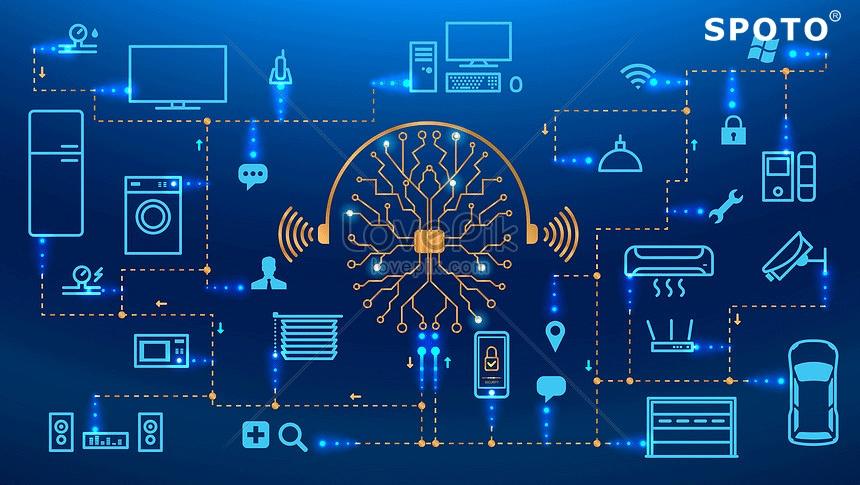MPLS is a hot topic in the IT industry recently. SPOTO will give you in-depth guidance to the MPLS. What’s more, we have a Live on Youtube and Facebook on 3rd July 2019. there are thousands of candidates following the Live, which will be helpful to your certification exam. Now, let’s look at the following contents:
Multiprotocol Label Switching (MPLS) is a protocol-independent routing technology that is designed to speed up and shape the traffic across the enterprise-wide area and service provider network.
MPLS allows most data packets to be forwarded at Layer 2 -- the switching level -- rather than having to be passed up to Layer 3 -- the routing level. For this reason, it is often informally described as operating at Layer 2.5.

MPLS was created in the late 1990s as a more efficient alternative to traditional IP routing, which requires each router to independently determine a packet's next hop by inspecting the packet's destination IP address before consulting its own routing table. This process consumes time and hardware resources, which may result in a decrease in the performance of real-time applications such as voice and video.
In an MPLS network, the very first router to receive a packet determines the packet's entire route upfront, the identity of which is quickly conveyed to subsequent routers using a label in the packet header.
While router hardware has improved exponentially since MPLS was first developed -- somewhat diminishing its significance as a more efficient traffic management technology--It is still important and popular because of its various other benefits, in particular security, flexibility, and traffic engineering
Components of MPLS
An explicit feature of MPLS is that it uses the tag-L. in MPLS. Sandwiched between layer 2 and layer 3, the label is a four-byte 32-bit identifier used to transmit packets in an MPLS network. Tags can also contain information related to the quality of service (QoS) indicating the priority of packets.
MPLS labels consist of four parts:
Label-value: 20 bits
Experimental: 3 bits
Bottom of the stack: 1 bit
Time to live: 8 bits
These paths are referred to as label switching paths (lsps) that enable the service provider to determine in advance the best way of the flow of certain types of traffic in a private or public network.
How an MPLS network works
In MPLS networks, each packet is marked when the entry router, also known as the label edge router (LER), enters the service provider undefined network. This is also the LSP.
the router will take before deciding that the packet reaches its destination address All subsequent label switching routers (LSR) perform packet forwarding based only on that MPLS tags-they never look like IP headers. Finally, the exit router removes the label and forwards the original IP packet to its final destination. When an LSR receives a packet, it performs one or more of the following actions:
Push: Adds a label. This is typically performed by the ingress router.
Swap: Replaces a label. This is usually performed by LSRs between the ingress and egress routers.
Pop: Removes a label. This is most often done by the egress router.
This diagram shows how a simple MPLS network works.
if you have any questions, and you can click here to give us a response:
Advantages of MPLS
Service providers and enterprises can use MPLS to implement QoS by defining LSPs that can meet specific service-level agreements on traffic latency, jitter, packet loss, and downtime. For example, a network can have three service levels that give priority to different types of traffic, for example, one level for voice, one level for time-sensitive traffic, and one level for best-effort traffic.
MPLS also supports traffic separation and the creation of virtual private networks (VPNs), virtual private LAN services and virtual leased lines.
One of the most notable benefits of MPLS is that it is not tied to any one protocol or transport medium. It supports transport over Internet Protocol (IP), Ethernet, Asynchronous Transfer Mode (ATM) and frame relay; any of these protocols can be used to create an LSP. Generalized Multi-Protocol Label Switching (GMPLS) extends MPLS to manage time-division multiplexing (TDM), lambda switching and other classes of switching technologies beyond packet switching.
Okay, we have a piece of breaking news to tell you. SPOT CLUB has been announced, and there are many huge changes in the product. SPOTO is committed to creativity. You can visit here: http://bit.ly/2XiD19Q

 Join Telegram Study Group ▷
Join Telegram Study Group ▷














